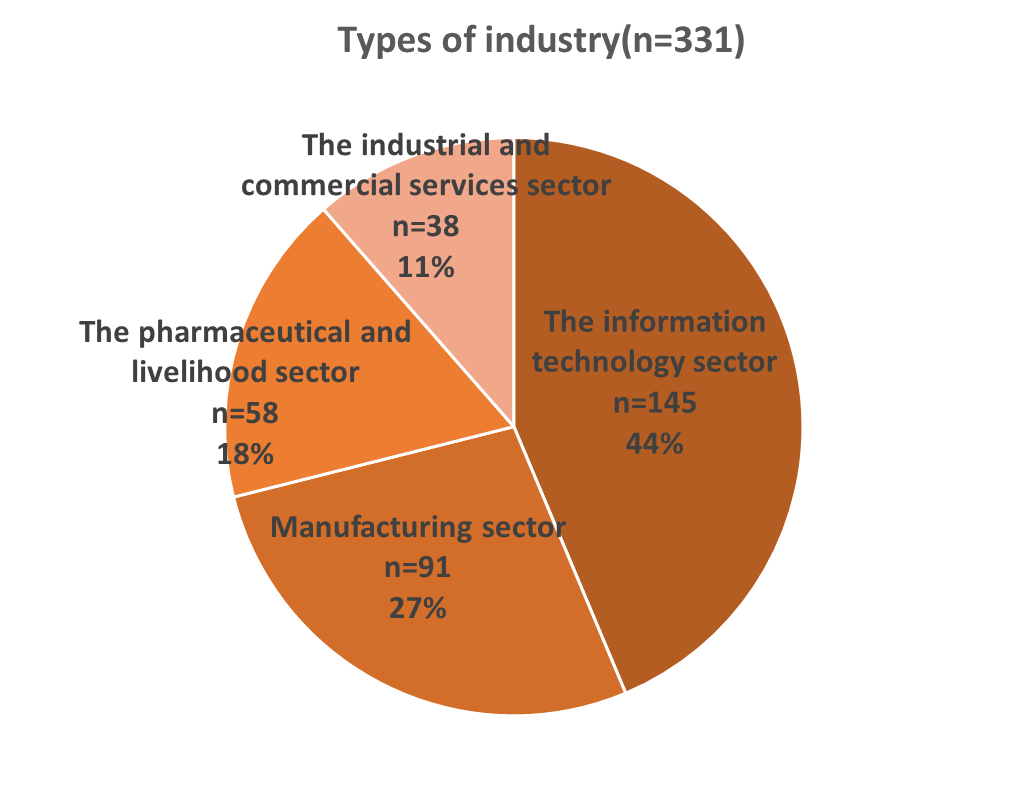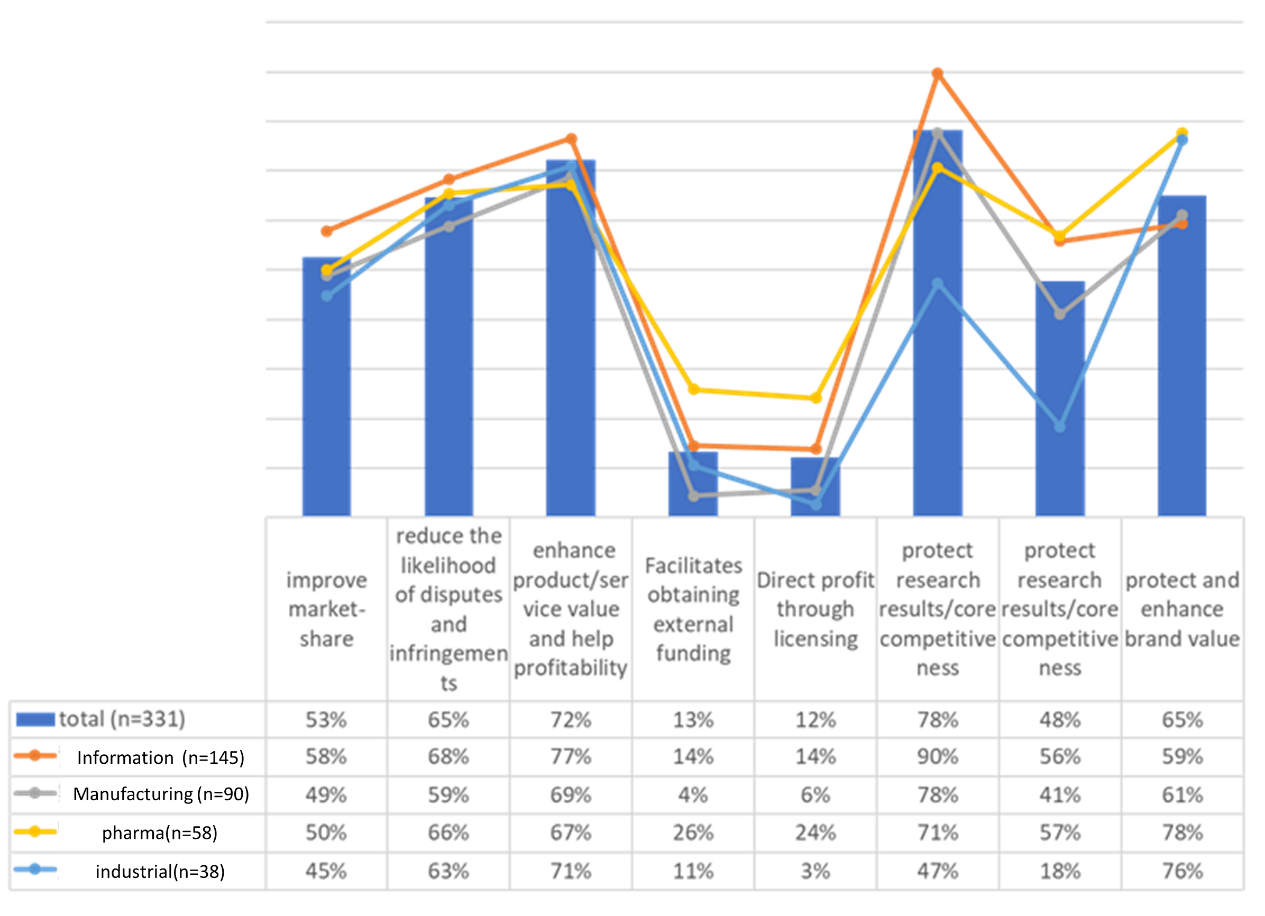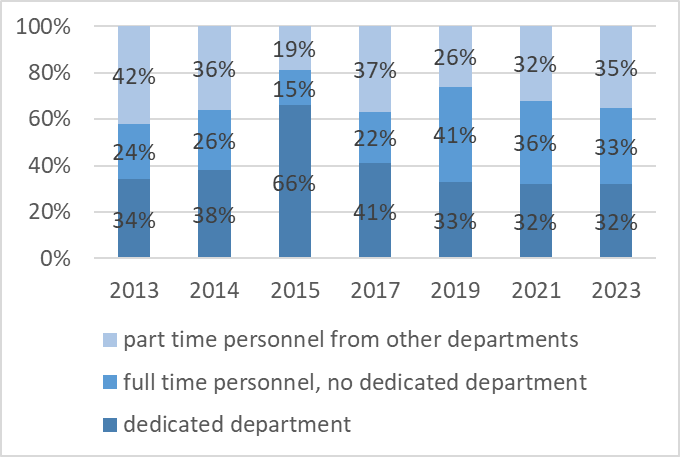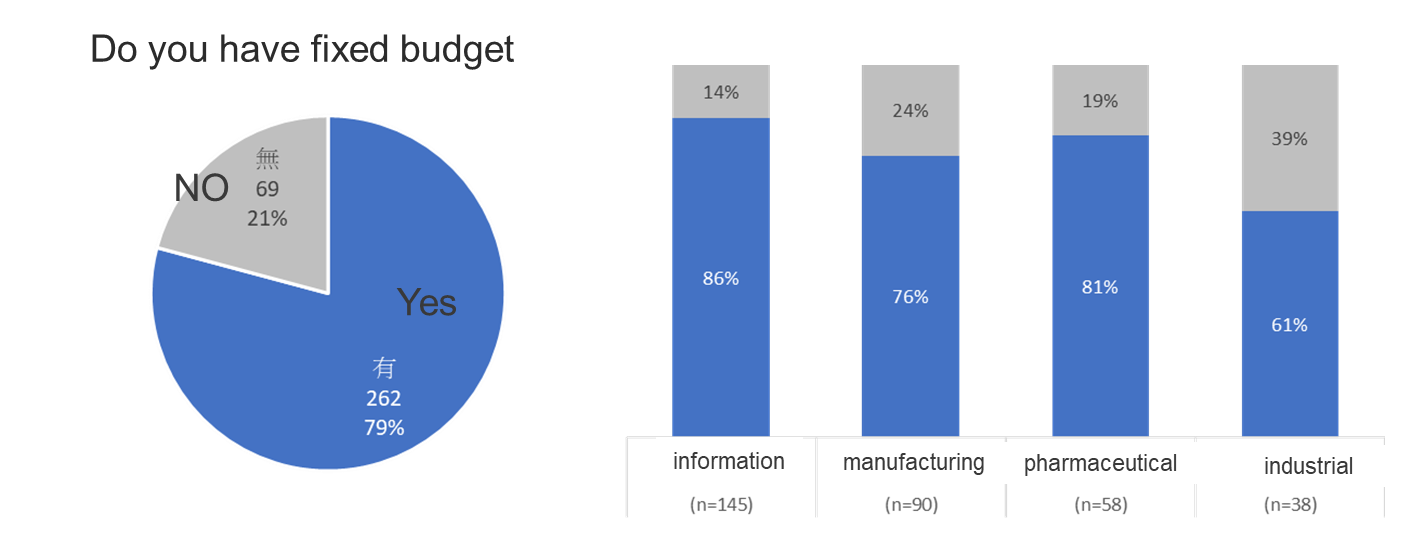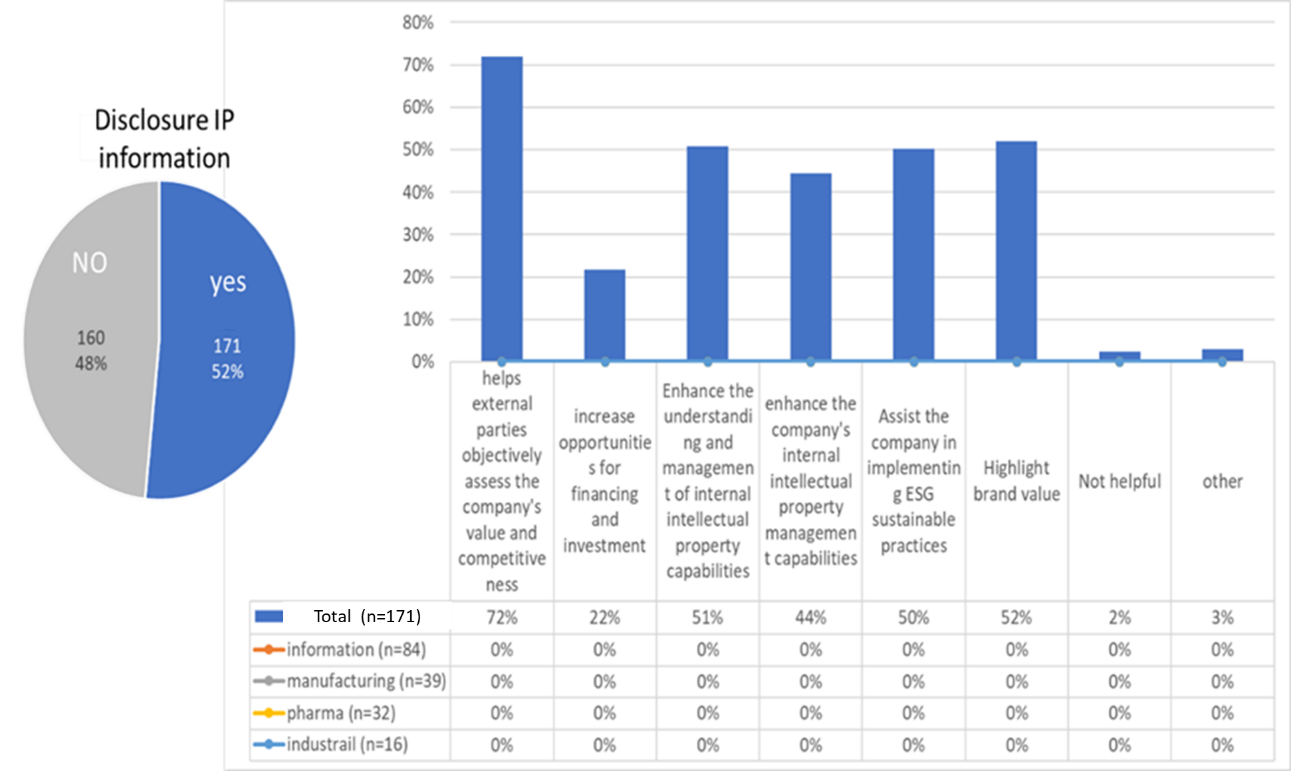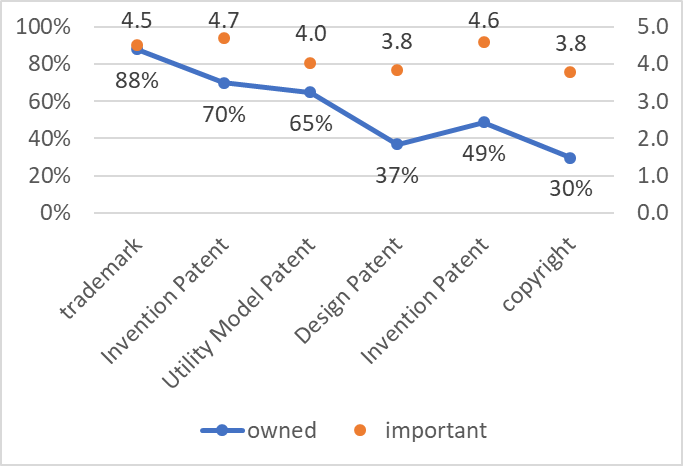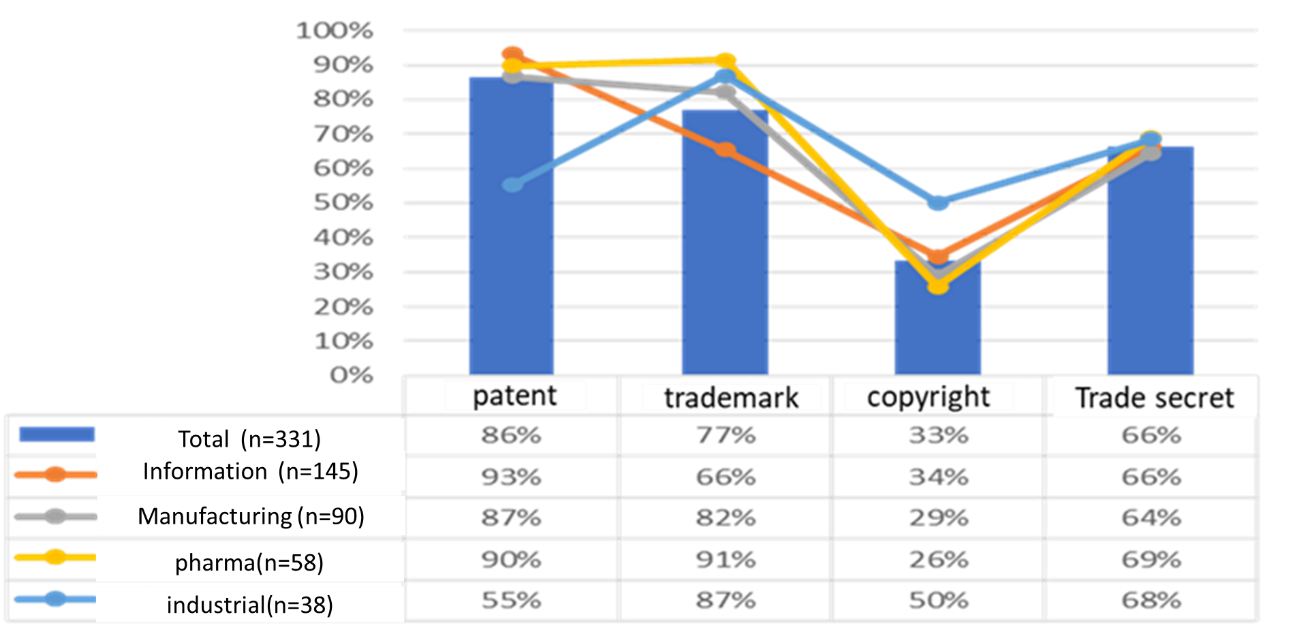| If you can’t read this email - please click here | |||
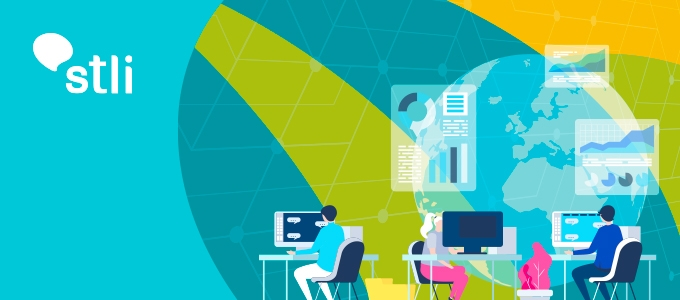 |
| 2024/09/30 | >STLI Official website | >Contact Us | >Unsubscribe |
 |
||||
 |
||||
| LATEST LEGAL NEWS | ||||
 |
||||
 |
|
| Taiwan Intellectual Property Survey Report 2023 | |
 |
|
|
Innovation & Intellectual Property Center, Science & Technology Law Institute (STLI), Institute for Information Industry has conducted the survey of “The Intellectual Property Survey Report” to listed companies since 2012. The Intellectual Property Survey Report 2023 on Taiwan's Listed and Over-the-Counter Companies was released in February 2024. Among the 331 publicly listed companies surveyed in 2023, the information technology sector had the largest representation, accounting for 44% (145 companies). This was followed by the manufacturing sector at 27% (90 companies), the pharmaceutical and livelihood sector at 18% (58 companies), and the industrial and commercial services sector at 11% (38 companies).
Based on the survey result, three trends of intellectual property management for Taiwanese enterprises have integrated with detail descriptions as below. Trend 1: Positive Growth in Intellectual Property Awareness and Intellectual Property Dedicated Department/Personnel, Budget and Projects 1. Taiwanese enterprises believe that intellectual property plays an important role More than 70% of companies believe that intellectual property can enhance product/service value, help profitability, and protect research results/core competitiveness. Specifically, 72% believe that intellectual property can enhance product/service value and help profitability, and 78% believe it can protect research results/core competitiveness. Additionally, 65% of companies believe that intellectual property can protect and enhance brand value, and 65% believe it can reduce the likelihood of disputes and infringements with others.
2.Taiwanese enterprises maintain investment in the dedicated department and full time personnel for intellectual property 33% of listed companies set up full time personnel for intellectual property and over 32% of those have established dedicated department to handle its business that is higher than 35% in 2023.
3. Taiwanese enterprises plan budget for intellectual property each year 79% of enterprises have invested a certain amount of funds this year in acquiring, maintaining, and managing intellectual property. By industry, the information technology and pharmaceutical/livelihood sectors have a higher proportion of investment in related expenses, both exceeding 80%
Trend 2: Taiwanese enterprises are willing to disclose their intellectual property information to the public, which can have a positive impact on the company. 1. Enterprises have a positive attitude towards disclosing intellectual property information. 72% of enterprises believe that disclosing intellectual property helps external parties objectively assess the company's value and competitiveness. This is followed by highlighting brand value (52%) and improving the internal management and control of intellectual property. By industry category, 77% of manufacturing companies believe it helps external parties objectively assess the company's value and competitiveness, which is higher than other industries. In the business services sector, 81% believe it helps highlight brand value, a significantly higher proportion.
2. The main channels for public disclosure are company annual reports, sustainability reports, and intellectual property management plans The proportion of companies disclosing intellectual property plans in annual reports reaches 72%. Additionally, approximately 39% and 38% disclose in sustainability reports or intellectual property management plans, respectively. The proportion disclosed in company marketing and promotional materials is 29%, while the proportion in English-language sustainability reports is 20%.
Trend 3: Taiwanese enterprises use various types of intellectual property rights to protect their core competitiveness. 1. Trade secrets are considered crucial by enterprises but are less commonly owned forms of intellectual property Enterprises consider trademark rights, invention patents, utility model patents, and trade secrets to be more important, each with an importance score above 4. Design patents and copyrights are considered somewhat less important, each with an importance score of 3.8. However, there is a gap between the importance and the ownership rates of some types of intellectual property. The importance and ownership rates are consistent for trademarks, with an importance score of 4.5 and an ownership rate of 88%. Patents have an importance score of 4.7 and an ownership rate of 70%. Trade secrets have an importance score of 4.6 and an ownership rate of 49%. Copyrights have an importance score of 3.8 and an ownership rate of 30%.
2. The priority of using intellectual property rights varies across different industries Patents are used to protect important assets by the largest proportion of companies, about 86%. This is followed by trademarks at 77%, trade secrets at 66%, and copyrights at 33%. By industry, the order is consistent in information services, manufacturing, and pharmaceutical/livelihood industries: patents, trademarks, trade secrets, and copyrights. In the business services sector, the order is trademarks, trade secrets, patents, and copyrights.
The complete survey report can be accessed in the Taiwan Intellectual Property Management System (TIPS) website. The download link is https://www.tips.org.tw/body.asp?sno=BGCHDC#460 |
|
 |
|
 |
 |
|
| The Introduction to the Trade Secret Management Guidelines | |
 |
|
|
Due to an open, collaborative culture and the need to balance knowledge sharing with protection, research academic institutions always face unique challenges in managing confidential information. However, trade secret protection is still essential for research academic institutions in order to safeguard their competitive advantages and valuable research results. Accordingly, the “Trade Secret Management Guidelines”, released by the Taiwan Intellectual Property Office (TIPO) on May 27, 2024, is specifically tailored for the trade secret protection in the research and academic circumstance. Taking into account the essential differences between research academic institutions and enterprises, these guidelines use a phased and scalable approach to implement trade secret protection measures. With these guidelines, each research academic institution can evaluate its own size, research field, available resources, etc., and establish an appropriate trade secret management system to effectively identify, protect and manage its trade secrets. The Trade Secret Management guidelines outline 13 measures for managing trade secrets, covering the entire life cycle of trade secret protection. In addition, these guidelines recommends that research academic institutions adopt a phased implementation strategy, starting from the "entry-level" stage focusing on basic measures, and gradually entering the "basic" and "enhanced" stages to improve each management measure. The following is an overview of each measure: 1.Distinguishing Trade Secrets In order to facilitate the protection of trade secrets, institutions should distinguish what is trade secret information at the entry stage, whether it is self-developed or obtained from others. As progressing to the basic stage, institutions should define and provide examples of trade secrets they produce or acquire. When entering the enhanced stage, institutions should develop a process for identifying whether an information is a trade secret. 2.Access Control To prevent unauthorized disclosure, institutions should control access to trade secrets. At the entry stage, institutions must set access permissions for trade secrets. As progressing to the basic stage, access should be granted based on the need for the information. When entering the enhanced stage, institutions need to adjust access permissions in response to job changes and personnel turnover. 3.Identification Identifying trade secrets helps ensure that those accessing the information are aware of its confidentiality. At the entry stage, institutions need to identify information considered to be trade secrets, but there are no restrictions on the identification method. As progressing to the basic stage, institutions need to clearly define how trade secrets will be identified. When entering the enhanced stage, the key is to ensure that all contacts know that the information they come into contact with is a trade secret. 4.External Disclosure Review In order not to affect subsequent research or applications, institutions should review the information that will be disclosed to the public. At the entry stage, institutions should ensure that information is reviewed by responsible personnel before it is disclosed to the public. As progressing to the basic stage, institutions need to identify which items should be reviewed. When entering the enhanced stage, institutions shall distinguish what should be reviewed based on the nature of the information disclosed to the public. 5.Circulation Control Controlling the circulation of trade secrets can prevent them from being arbitrarily disclosed. At the entry stage, institutions should ensure that responsible personnel have consent to the circulation of trade secrets. As progressing to the basic stage, the key is whether the behavior of circulating trade secrets is recorded. When entering the enhanced stage, institutions should take countermeasures to prevent trade secrets from being leaked during the circulation process. 6.Reproduction Control Controlling the reproduction of trade secrets can ensure that the use of trade secrets is limited to a controllable scope. At the entry stage, institutions should limit the reproduction of trade secrets. As progressing to the basic stage, the key is whether the behavior of reproducing trade secrets is recorded. When entering the enhanced stage, institutions should take measures to avoid the increased risk of leakage of trade secrets after the reproduction behavior. 7.Destruction At the entry stage, institutions should ensure that the consent of the responsible personnel is obtained when destroying trade secret. As progressing to the basic stage, institutions should consider the impact of destruction before destroying trade secrets and ensure that records of destruction are retained. When entering the enhanced stage, the key is whether the trade secrets are destroyed in an irrecoverable way. 8.Usage record retention Keeping the usage record of trade secrets can help provide evidence in litigation. At the entry stage, institutions should keep records of access and use of trade secrets. As progressing to the basic stage, institutions should further specify the items that need to be retained in the records. When entering the enhanced stage, institutions should ensure that the records retained are authentic and will not be arbitrarily tampered with. Therefore, if necessary, a third party agency can be entrusted with the preservation of evidence. 9.Designating Responsibility for Implementation Setting up responsible personnel can help ensure that the trade secret management mechanism is effectively implemented. At the entry stage, institutions simply need to ensure there is someone responsible for driving trade secret management. As progressing to the basic stage, institutions shall assign dedicated personnel to be responsible for trade secret management. When entering the enhanced stage, institutions must establish a dedicated unit to coordinate the protection of trade secrets through a clear division of powers and responsibilities. 10.Confidentiality and Ownership Arrangements Signing confidentiality and ownership agreements can ensure that internal personnel who may have access to trade secrets understand their confidentiality obligations. At the entry stage, institutions only need to sign a written confidentiality agreement with those who may have access to trade secrets. As progressing to the basic stage, institutions shall clearly define the items that must be included in the confidentiality and ownership agreement. When entering the enhanced stage, institutions need to further evaluate whether to adjust the contents of confidentiality and ownership agreements in response to job changes and personnel turnover. 11.Promotion and Training Through promotion and training, institutions can gradually improve personnel's awareness of confidentiality and help them understand the key points of trade secret management. At the entry stage, institutions can promote the importance of trade secret management and provide appropriate training to all personnel. As progressing to the basic stage, institutions should establish promotional materials, explain the management objectives and specific practices in the training, and conduct an evaluation of effectiveness. When entering the enhanced stage, institutions need to adjust the content required for training based on differences in units, objects, trade secret characteristics, etc. 12.Departure Management At the entry stage, institutions should remind departing personnel of their confidentiality obligations. As progressing to the basic stage, institutions shall further require the departing personnel to hand over the trade secrets they held during their tenure. When entering the enhanced stage, institutions need to conduct exit interviews with important departing personnel to ensure that they clearly understand their confidentiality obligations. 13.Confidentiality and Ownership Arrangements with External Parties Signing confidentiality and ownership agreements with external parties can help prevent institutions mired in unnecessary controversies. At the entry stage, institutions only need to sign confidentiality agreement with external parties before providing trade secrets to them. As progressing to the basic stage, institutions shall clearly define the items that must be included in the confidentiality and ownership agreement. When entering the enhanced stage, institutions needs to confirm with external parties and reach a consensus on the management measures that both parties need to take. The Trade Secret Management guidelines provide a comprehensive framework for research academic institutions in Taiwan to protect their trade secrets. Regardless of the size of the research academic institutions or the field it focuses on, as long as they follow the above-mentioned 13 measures and adjusts according to their current management situations, they can gradually establish a trade secret management system that meets their own needs. |
|
 |
|
 |
 |
|
| After the European Union's Artificial Intelligence Law, the draft of AI Basic Law is announced in Taiwan. | |
 |
|
|
Countries around the world are currently seeking to establish AI governance principles. The U.S. currently has only AI executive orders and state bills, and the European Union (EU) first AI law came into effect in August 2024. Taiwan has announced a draft of AI Basic Law for public comments on July 15, 2024, which, if passed by the Legislative Yuan, will become the world's second special legislation on AI. Taiwan's Coming AI Basic Law - Legislative Development and Progress With the successful conclusion of the 2024 Paris Olympics, AI technology has demonstrated its potential on the global stage, bringing new experiences to the public in varied areas, such as sport competition analysis, athlete training, and referee assisting, and showing that AI has also crossed over into the sports industry, in addition to its known applications in areas such as healthcare, finance, transportation, arts and culture fields. As AI will be apply in various industries, it may also bring new risks or impacts to individuals or society. Countries are seeking to establish guidelines and principles for AI governance. The EU’s Artificial Intelligence Act, which was announced to take effect in August 2024. Even in the AI pioneer, the U.S., there are currently only U.S. President’s AI Executive Orders and bills introduced by Congress or state governments. When Taiwan President Lai announced the promotion of the Island of Artificial Intelligence, Taiwan also had a draft of the AI Basic Law announced for public comments by the National Science and Technology Council (NSTC) on July 15, 2024, proposing the principles of basic values for the development of AI in Taiwan. What is the Basic Law in Taiwan? There are 11 basic laws/acts in Taiwan, including the Fundamental Science and Technology Act, and the Ocean Basic Act, etc. A basic law/act is a legislative model of principle, progress, or guideline for a specific important matter. The AI Basic Law serves as a declaration of policy integration, reveals the government's goals and principles, and regulates the executive branch without directly regulating the people, or deriving the rights for substantive claims. Why Taiwan need a Basic Law on Artificial Intelligence? AI is evolving rapidly, and its applications are spreading to a wider range of areas. If all sectors and administrations have different values, there will be no way for a country to develop AI. NSTC has announced a total of 18 articles in the draft, in Article 3 first set out 7 common principles, such as human autonomy, from the AI research and development to the final market application must comply with the basic values; and in the following provisions of Article 4 to declare that the government's 4 major promotional focuses. The most important provision is found in Article 17, which requires that government ministries should review and adjust the functions, businesses and regulations under their scope in accordance with the Basic Law, so as to enable the executive branch to accelerate its response to the changes brought about by AI, and to share a common set of values: the promotion of innovation while taking human rights into consideration. 7 basic principles The draft AI Basic Law in the announcement contains the following 7 basic principles: 1. Sustainable development and well-being: Social equity and environmental sustainability should be taken into account. Appropriate education and training should be provided to minimize the possible digital gap, so that people can adapt to the changes brought about by AI. 2. Human autonomy: It shall support human autonomy, respect for fundamental human rights and cultural values such as the right to personal integrity, and allow for human oversight, thereby implementing a human-based approach that upholds the rule of law and democratic values. 3. Privacy Protection and Data Governance: The privacy of personal data should be properly protected to avoid the risk of data leakage, and the principle of data minimization should be adopted; at the same time, the opening and reuse of non-sensitive data should be promoted. 4. Security and safety: In the process of AI research and development and application, security measures should be established to prevent security threats and attacks and to ensure the robustness and safety of the system. 5. Transparency and explainability: The output of AI should be appropriately disclosed or labeled to facilitate the assessment of possible risks and the understanding of the impact on related rights and interests, thereby enhancing the trustworthiness of AI. 6. Fairness and non-discrimination: In the process of AI research and development and application, the risks of bias and discrimination in algorithms should be avoided as much as possible, and should not lead to discriminatory results for specific groups. 7. Accountability: Ensure the assumption of corresponding responsibilities, including internal governance responsibilities and external social responsibilities. 4 key areas of promotion 1. Innovative Collaboration and Talent Cultivation: Ensuring the resources and talent needed for AI. 2. Risk management and application responsibility: Risks must be identified and managed before AI systems can be safely applied. 3. Protection of rights and access to data: People's basic rights, such as privacy, cannot be compromised. 4. Regulatory Adaptation and Business Review: Policies and regulations must be agile to keep pace with AI development. The AI Basic Law is paving the way for Taiwan's future opportunities and challenges. AI development requires sufficient resources, data and a friendly environment; to ensure the safe application of AI, it is necessary to first identify and plan for different possible risks, and the draft AI Basic Law has initially drawn a blueprint for the above innovative development and safe application. In the future, various government ministries will need to work together to keep up with the wave of AI innovation in terms of business and legal regulations for multiple fields and industries. It is believed that Taiwan can leverage the advantages in the semiconductor industry and talent resources to gain a favorable global strategic position for the development of AI, as well as to help achieve the goal of "AI for good" to enhance the well-being of Taiwan people through a sound legal environment. |
|
 |
|
 |
 |
 |
 |
  |
|
